“Fairies and Elves” by Time-Life Books (The Enchanted World 03)
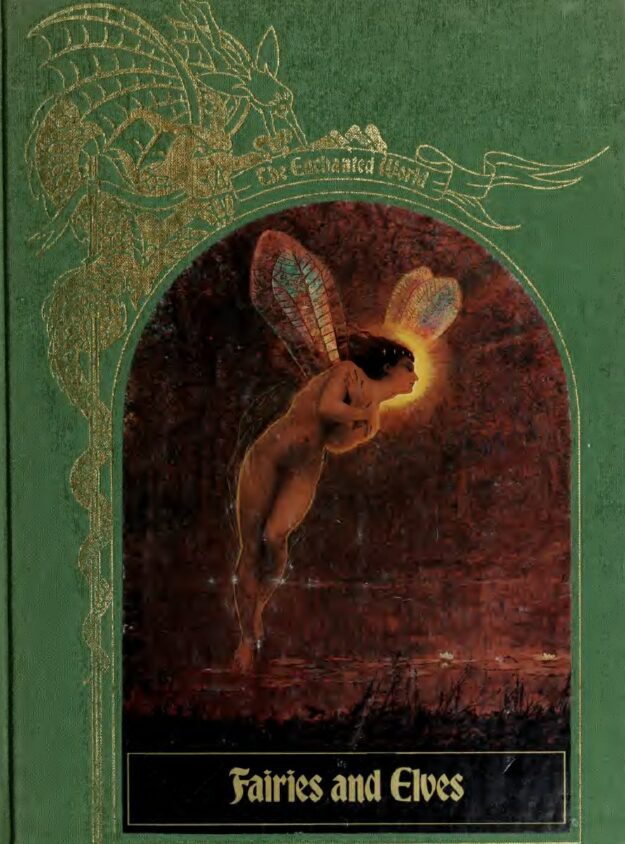
"Unlike other books in the series, this text does not concentrate on the decline of magic, though it does state that in the beginning, beings of pure magic (not exactly gods but more than mortal) freely intermingled with mortals (the friendship of Arawn and Pwyll is one example) only to separate themselves later on. They were known to the Norse as the Alfar or elves in English and sometimes as fairies, a word that derives from the Latin fatum/fate and fatare/enchant. Fairie correctly refers to their lands or magic. In contrast to mortals, beings who sought order, these magical beings were said to be very fickle and unpredictable. Even members of the usually good Seelie Court were prone to mischief.
The chief classifications were the trooping and solitary fairies the aristocrats and peasants of their kind. Among the Trooping fairies are mentioned the Sidhe, the Tuatha Dé Danann and the children of the Dagda. Though friendly enough to their mortal counterparts, they eventually withdrew from their sight and were replaced in mortal interactions by their smaller cousins. Leshy, polevik, and other nature spirits continued to haunt the wilds of the world. They were all very unpredictable; some were friendly to humans and used their powers to help them with their household chores while others were cruel and delighted in tormenting mortals.
Inevitably, the fairies weakened in the wake of humanity. This was in changelings; a fairy mother would exchange her child with a human child, perhaps to add the vigor of humanity to a weakening race. Also, the friendly meetings which had characterized their relationship with mortals grew increasingly rare. Husbands of swan maidens often won their wives only through deceit. True love was possible between fairies and mortals but, as in the case of Melusine, the love failed when the mortal husband broke the wife's trust."

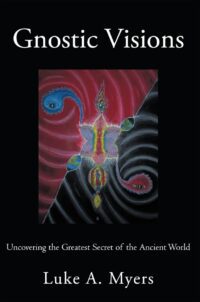
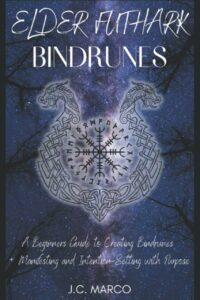
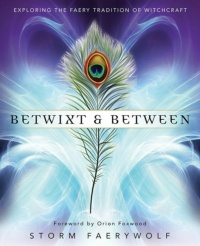
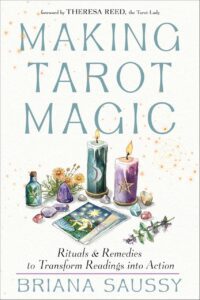

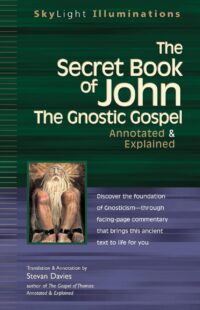
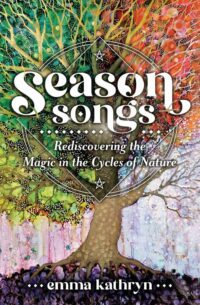

Comments and discussion can be found in the channel